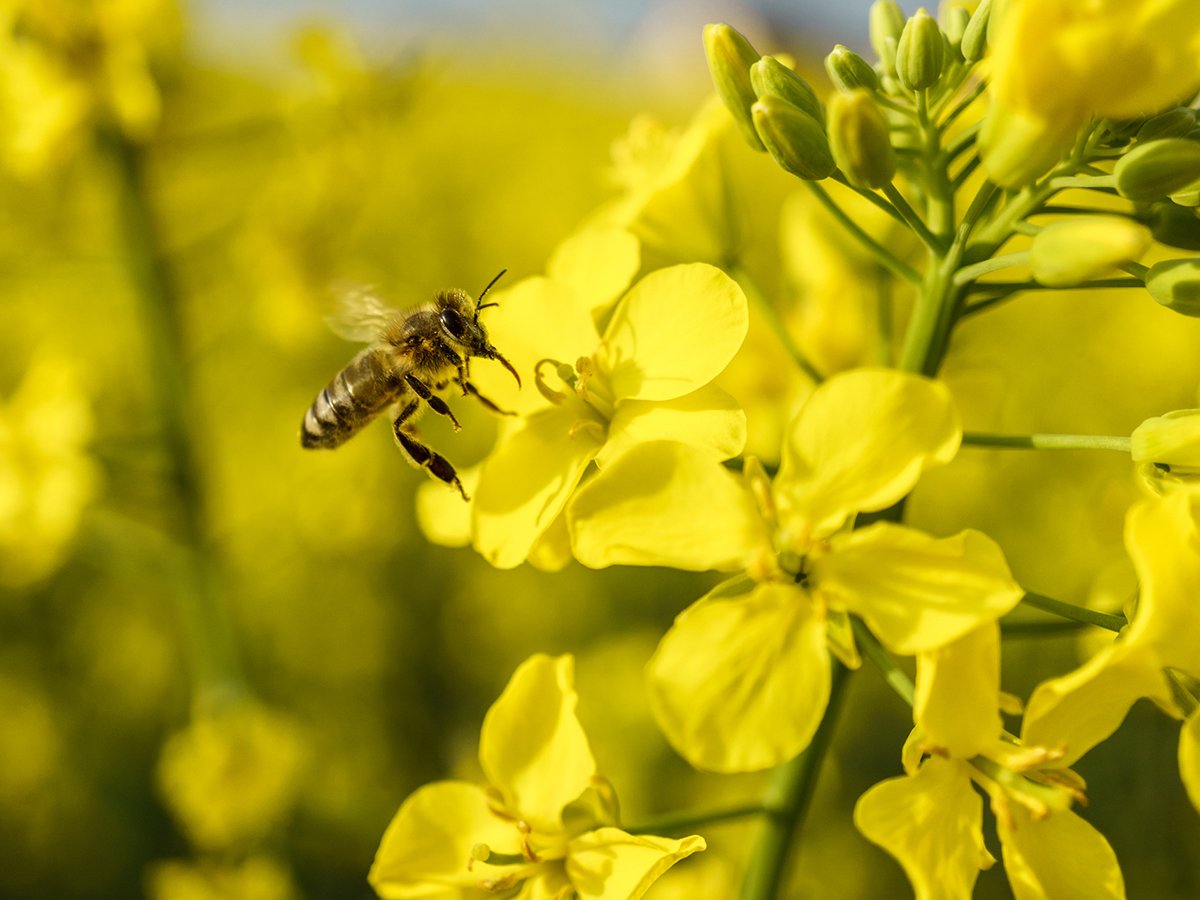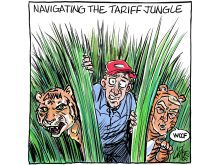Did spending on agriculture get slashed by 40 percent in the last federal budget while other sectors suffered cuts less than half as deep? Or were all departments reduced by about the same number?
Apparently it depends on who is doing the calculations. In its official response to the budget, the Canadian Federation of Agriculture took issue with federal agriculture minister Ralph Goodale’s assertion that his department’s budget will be cut over three years by 19 percent, which is the average cut for all departments.
The CFA, however, pointed out that cuts in the Crow Benefit and other transportation subsidies come under the transport department’s budget. When these are taken into account, the CFA said, spending on agriculture is being cut by more than 40 percent.
Read Also

Invigor Gold variety viewed as threat to condiment mustard
Invigor Gold, the canola-quality mustard developed by BASF, is on a collision course with Canada’s condiment mustard industry. It’s difficult to see how the two can co-exist.
In a news release last week, however, Goodale countered that the transportation cuts are in effect completely offset by $1.6 billion in compensation payments: “When this compensation is added in – as it must be to make an accurate and fair assessment of the net cuts – the true impact upon agriculture over the next three years is again on the average at 19 percent.”
The minister has a point, but it will be no consolation to farmers when that three-year period ends. The compensation payment is a one-shot deal, whereas loss of the Crow Benefit is to be a permanent spending cut.
As things stand now, when the fourth year begins, spending on agriculture will be 40 percent less. That means agriculture is indeed being cut twice as much as most other areas.
Even if the percentage cut were identical, however, that would still not make the specific cuts right. For one thing, farmers have already been through a period of austerity and saw major reductions in support programs well before this most recent budget.
There is also the economic impact. Policymakers need to be reminded loudly and often of all the jobs that depend on the flow of agricultural products from farms.
Cuts in agricultural research are particularly worrisome. Researchers can cite cases where $1.5 million invested in breeding virus-free seed potatoes, for example, produced continuing economic benefits of $10 million each year. A decade ago, it was estimated that every dollar invested in canola research had paid back $50, and the figure would presumably be much higher now.
No one can predict, of course, precisely which current research projects will have large economic payoffs in the next decade. But the record is clear that agricultural research is in the long run a good national investment. That makes it a bad choice for budget cuts.
















